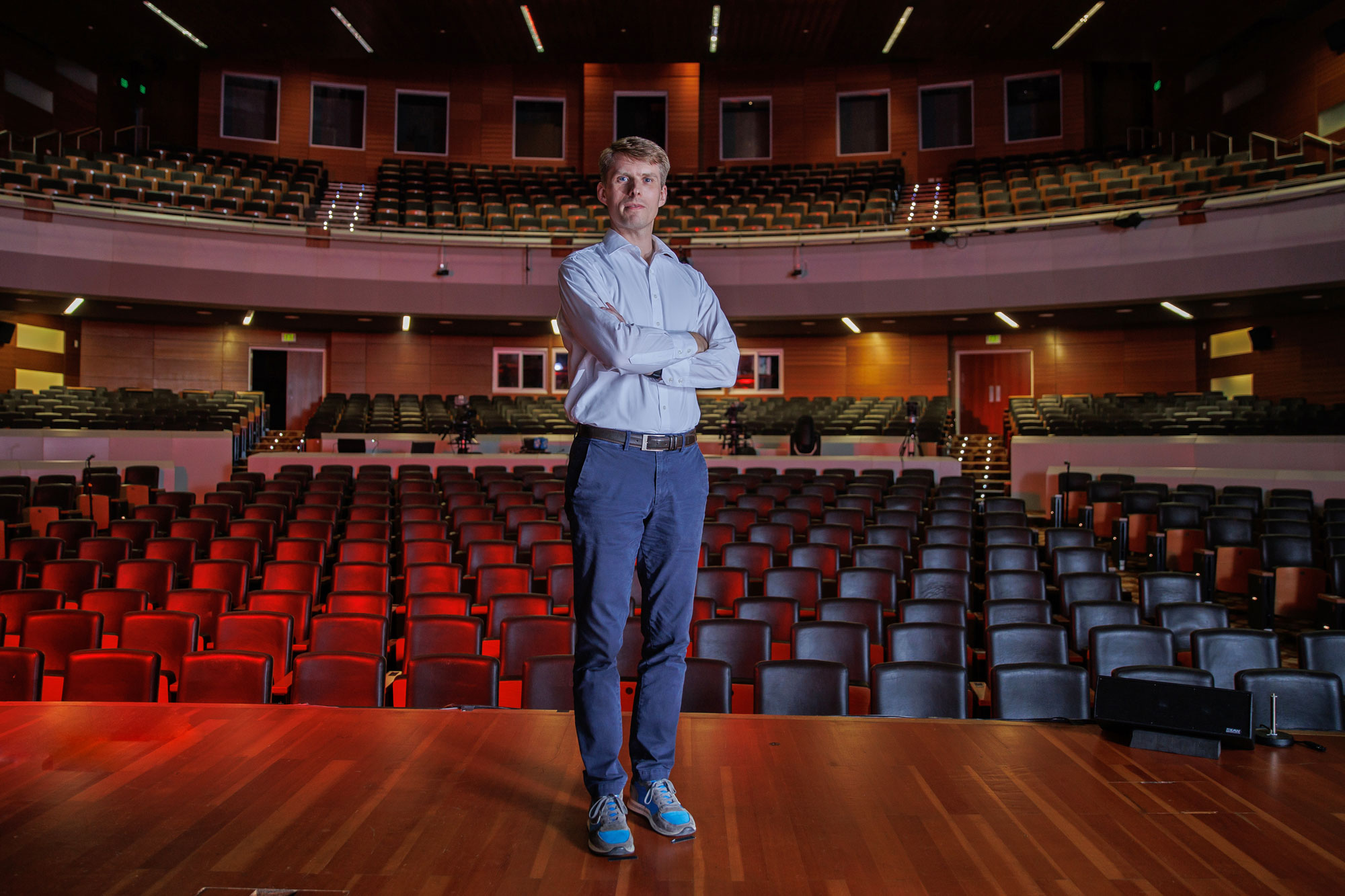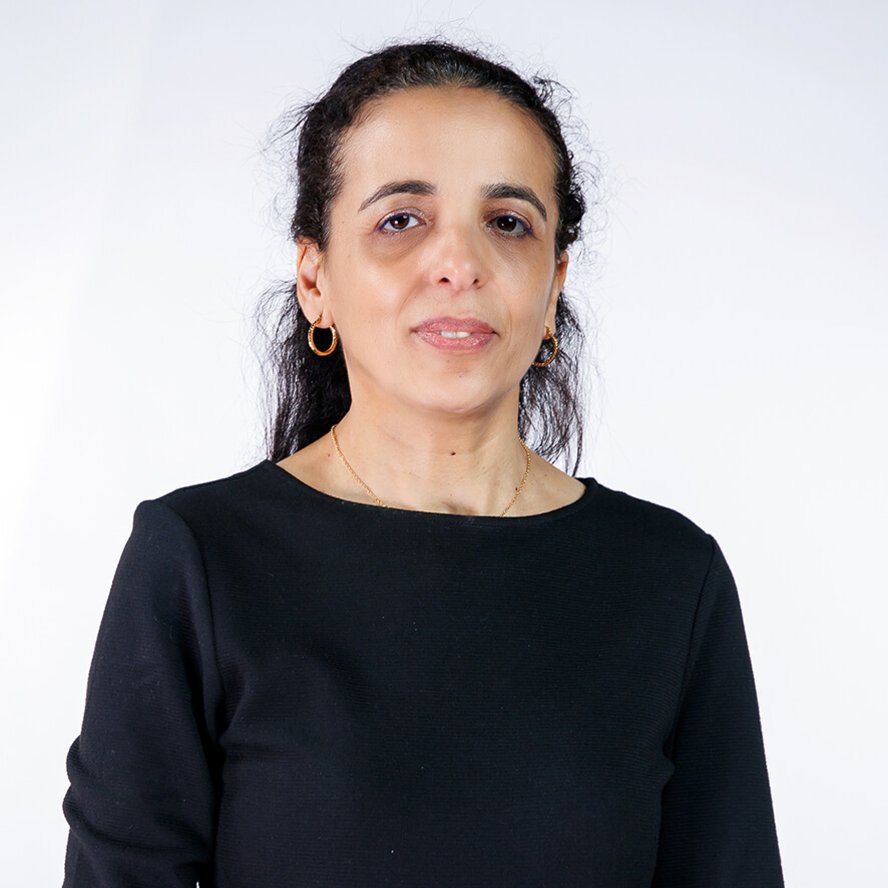
Future generations could well be astonished that for so long humans lived a mere eight light-minutes away from an actual star without effectively harvesting its energy. Professor Frédéric Laquai is keenly aware of the situation and is fully invested in the effort to make better, faster progress. Through his work at the boundary between material science and applied physics, he’s on a mission to facilitate the move away from fossil fuels toward a more sustainable future.
It was always clear to him that he would become a scientist; “from my early youth,” he shares, “I had this drive to answer scientific questions.” It was this drive that propelled him through his undergraduate and Ph.D. studies in his native Germany, then on to a postdoc at Cambridge University. Laquai was working as an Independent Research Group Leader for the Max Planck Society when he first heard about KAUST. He relocated to the shores of the Red Sea in early 2015, inspired by the prospect of conducting not only curiosity-driven science, but also goal-oriented research that can be translated into real-world applications.
Solar energy conversion is the focus of Laquai’s work, both in photovoltaics (which converts sunlight into electricity) and photocatalysis (which uses sunlight to produce chemicals like green hydrogen). Each of these applications requires semiconductor materials with very specific, tailored properties. The most common semiconductor today is silicon, but Laquai’s interest is more in emerging semiconductor materials. These are, he explains, “a new class of semiconductors – they have properties that are very exciting and very appealing for many applications.”
Laquai is certain that emerging semiconductors will allow for the development of devices that are reliable, efficient, and economically viable because “they have properties that silicon does not have.” “For example,” he says, “you could process those materials from solution to make a display or a solar cell and use printing techniques to make electronic circuits.”
As the Interim Director of the KAUST Solar Center, Laquai is responsible for establishing strategic partnerships with other entities throughout the Kingdom, one of which is ACWA Power, which employs photovoltaic panels for large-scale power production. For all the benefits there are to generating solar power in the desert, the panels used to do so need to withstand constant exposure to the intense sun. The partnership involves evaluating panels at KAUST for “their reliability in the pretty harsh environment.”
Laquai has a very clear vision of the future he’s building for, and from KAUST he has an exceptional vantage point for determining how it might look. “Saudi Arabia has great potential for tapping into solar energy,” he feels, “and is doing so already with huge photovoltaic solar fields.” He further believes there’s a great possibility for the Kingdom to become an exporter of solar power and help alleviate some of the strain on Europe’s energy supply. After all, the Middle East is a place “where the sun shines almost every day and a lot of land is available.”
It’s easy to see that Laquai, driven for so long by curiosity, has found his calling, and this encompasses more than just science; he is also motivated by “supporting people, helping people succeed in their career.” After almost eight years at KAUST he’s seen a number of his Ph.D. students graduate, and postdoc researchers go on to join the faculty at other universities and “that’s very much part of what [he enjoys] about [his] work.”
In addition to his passionate curiosity and his determination to make meaningful progress, Laquai is keen to stress his appreciation for the diversity of people he gets to work with. At one point, his research group was made up of people from 11 different nationalities. “It’s quite fascinating,” he says, “to see how people from different regions of the world work together,” and fortunately KAUST, he adds with assurance, is “certainly a place where you can thrive.”



